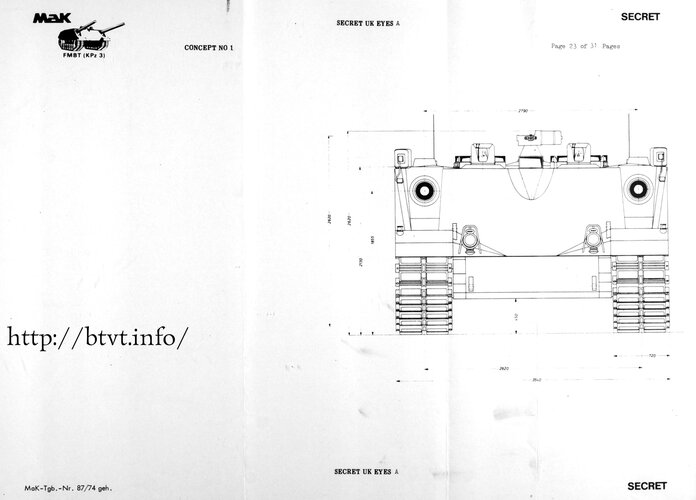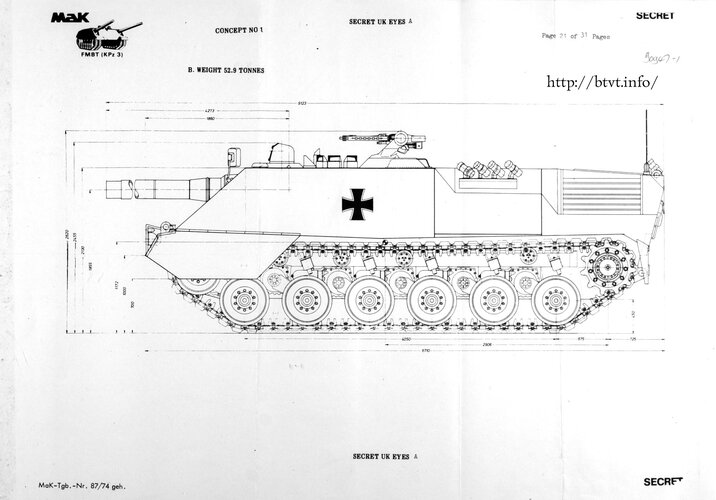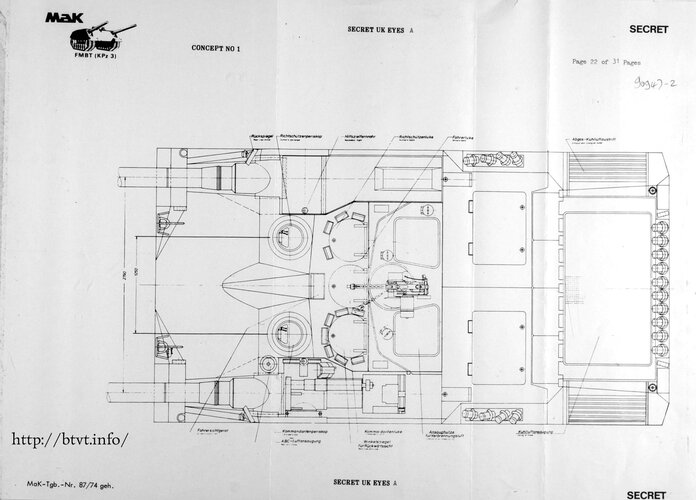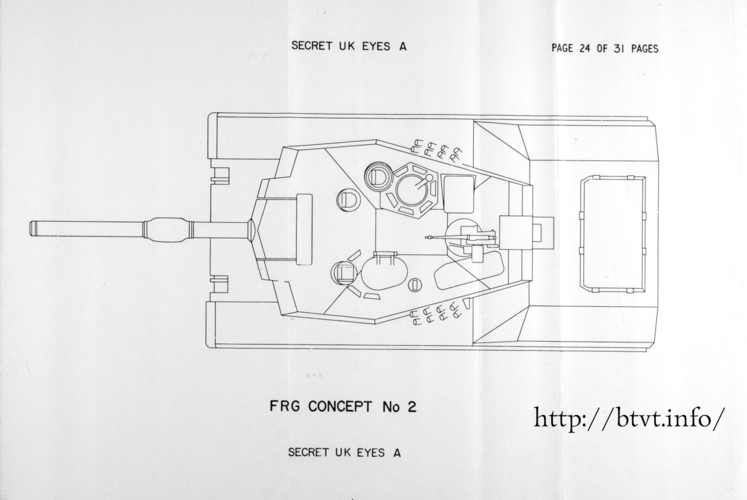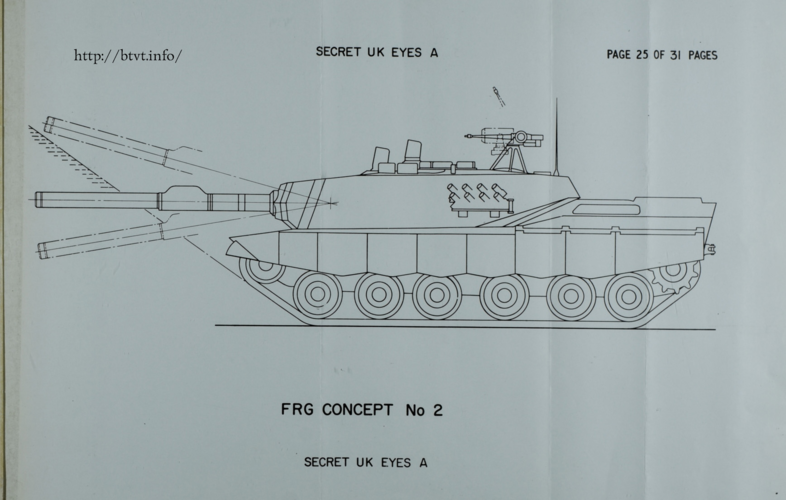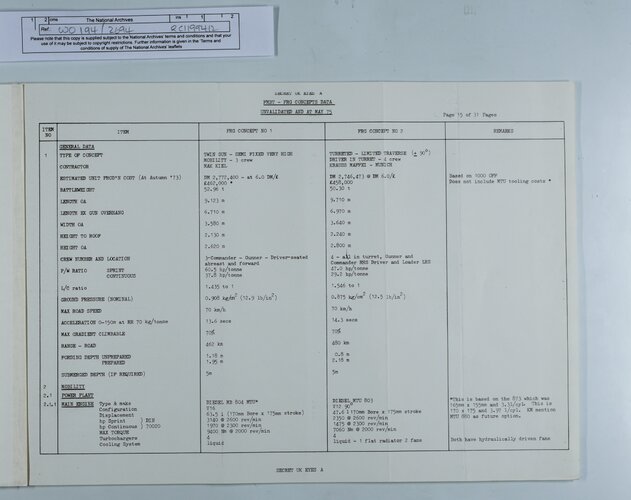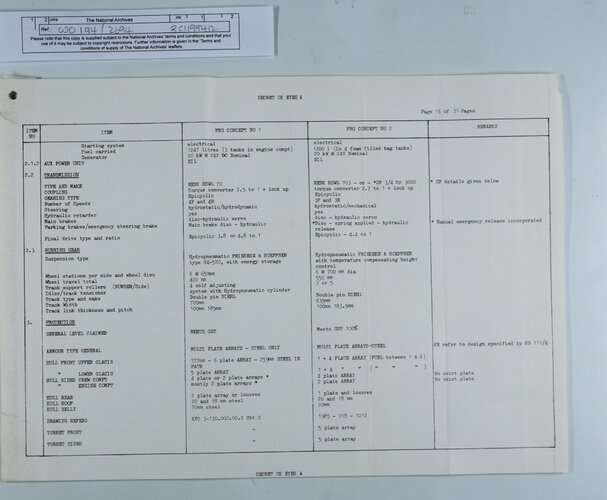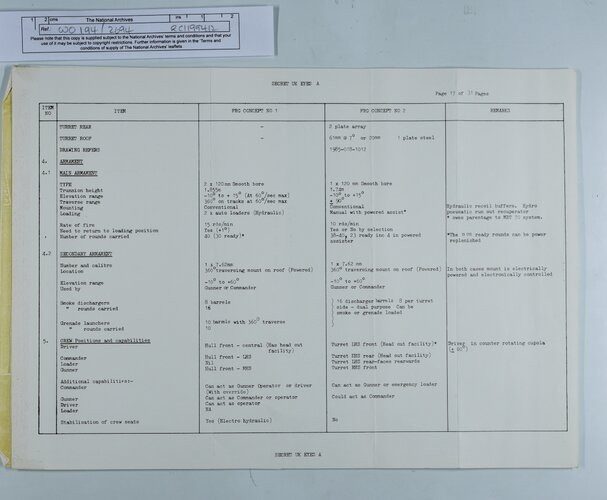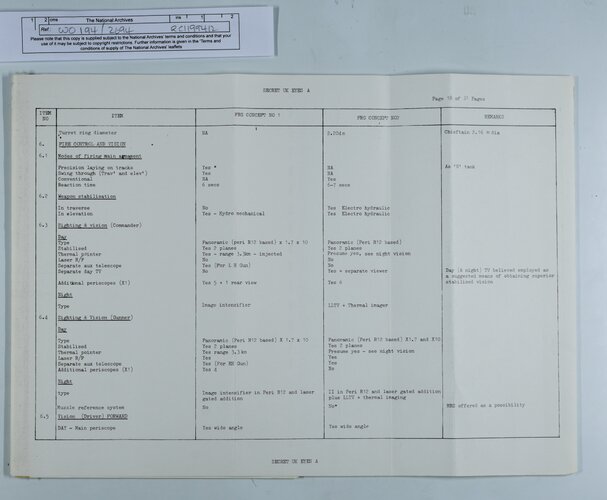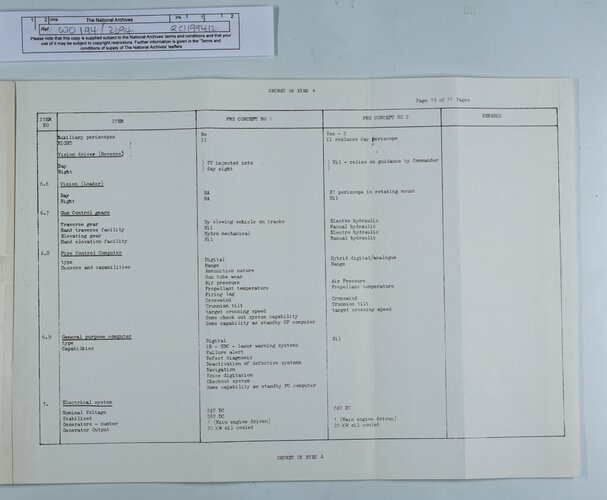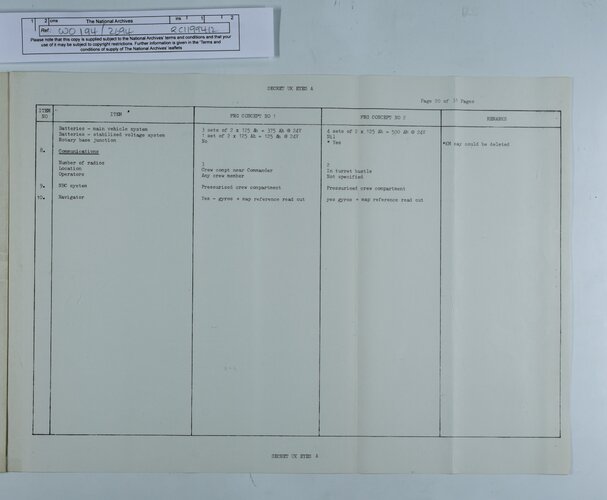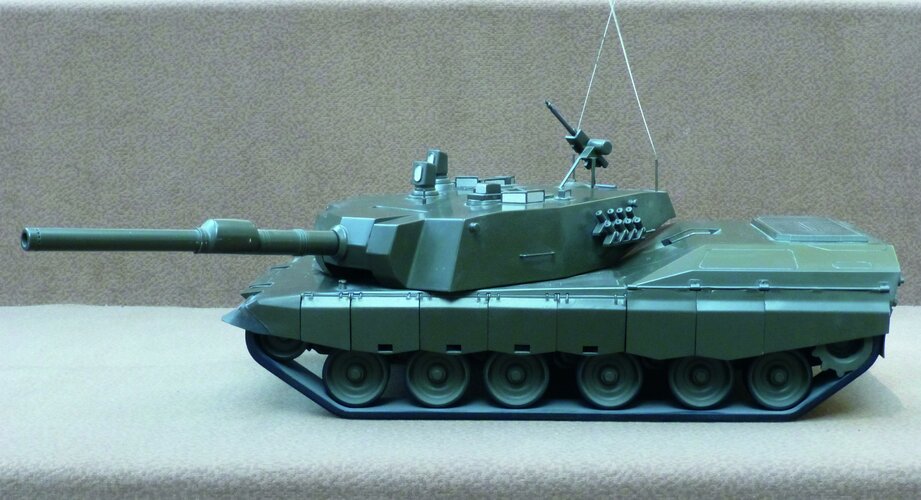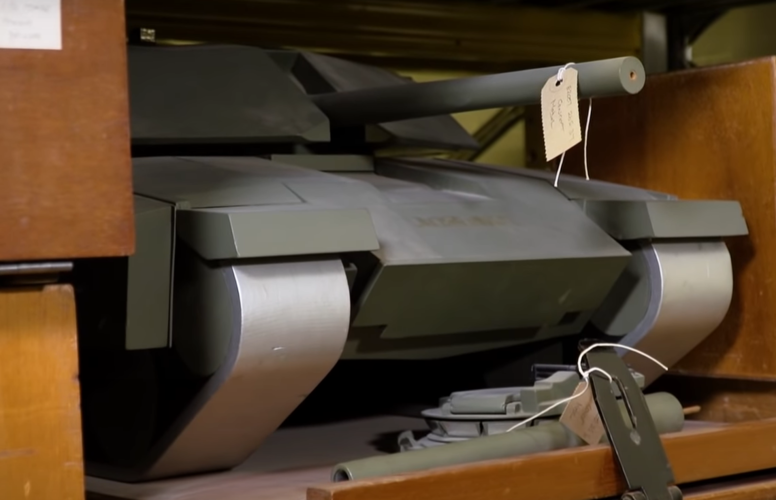- Joined
- 27 September 2006
- Messages
- 6,418
- Reaction score
- 6,828
I thought it might be helpful to tease out this aspect from the British centric discussion.
Originally the West Germans intended to replace their M48s with the MBT 70, a joint production
with the United States which ground to a halt because of complexity and high cost.
German sources on the development of the Leopard II usually concentrate on the evolution of that tank from MBT 70 via studies Eber and Keiler using Leopard technology. No mention is made of work with the British at any stage. However, it seems that the Germans and the UK tried to come up with a joint tank (later variants of which are covered in threads on MBT 80, Jagdchieftain and Leopard casemate).
Had MBT 70 not been a lemon and instead been like the Leopard II AV or M1 Abrams would the UK have continued to develop its own tank? How much overlap and exchange of ideas went on in the late 60s and early 70s?
Originally the West Germans intended to replace their M48s with the MBT 70, a joint production
with the United States which ground to a halt because of complexity and high cost.
German sources on the development of the Leopard II usually concentrate on the evolution of that tank from MBT 70 via studies Eber and Keiler using Leopard technology. No mention is made of work with the British at any stage. However, it seems that the Germans and the UK tried to come up with a joint tank (later variants of which are covered in threads on MBT 80, Jagdchieftain and Leopard casemate).
Had MBT 70 not been a lemon and instead been like the Leopard II AV or M1 Abrams would the UK have continued to develop its own tank? How much overlap and exchange of ideas went on in the late 60s and early 70s?

